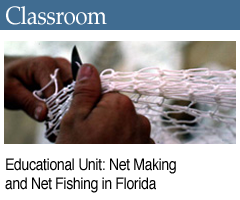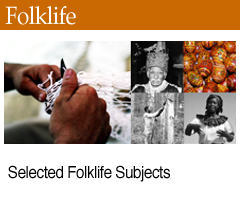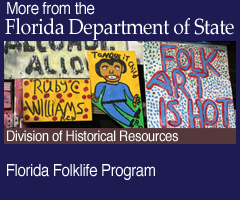Seminole Doll Making

The Seminoles were part of the economic and cultural development of the Florida frontier. The decline of the hide trade followed by the Great Depression forced Seminoles to seek alternative sources of income.
Beginning in the 1910s, some Seminole families worked at tourist villages along the Tamiami Trail and other highways. Visitors could walk through the villages to learn what daily life was like for the Seminoles. When tourist season ended each year, the families would return to their real homes.
The Seminoles living in the tourist villages made money by selling handicrafts, including patchwork clothing and dolls. They had been making dolls as toys for their children for years. Once the tourists began passing through, doll making became a thriving business.
This unit includes audio and photographs from the Seminole Slide/Tape Project, produced by the Florida Folklife Program.

 Listen: The Gospel Program
Listen: The Gospel Program


